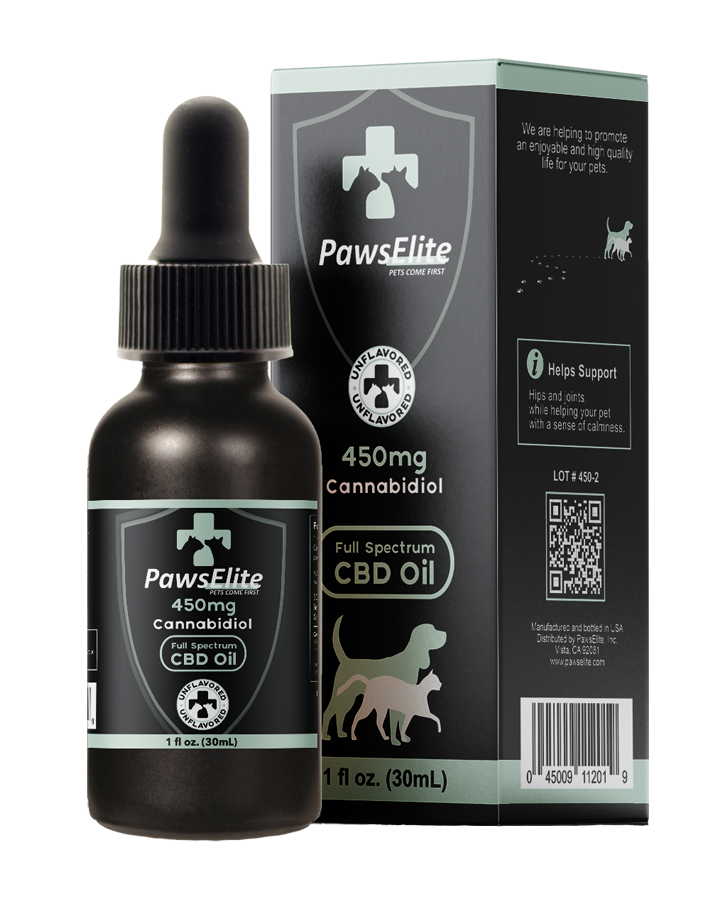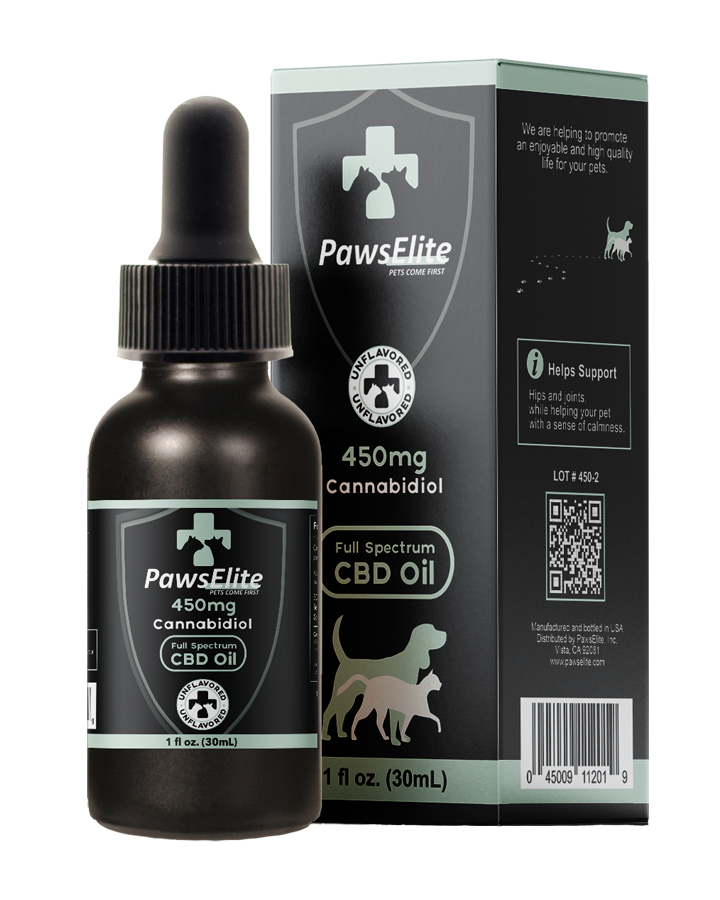
The Art of Keeping a Cat: Essentials for Feline Care and Well-Being
Share
Felines make great pets, but they also require attention and care. Whether you're a new cat owner or have been with your feline friend for many years, you may be interested in learning more about how to keep your furry friend healthy and happy.
To do so, you'll need some basic supplies and an understanding of your pet's needs.
Preparing a Home for Your Cat
Cats are intelligent animals that require a comfortable home environment to feel safe and relaxed. They need access to food, water, litter boxes, scratching posts and beds. They also need places to hide, away from things that may cause them fear or anxiety. If you are uncertain about all the things you need to do to welcome your new pet properly, checklists come in handy, like this one from the Cat Care Checklist.
Change is a natural part of cats’ lives, and it can take some time for them to adjust to new surroundings. Therefore, it’s a good idea to prepare a room for them to acclimate in before you move them out of their carrier and into the main part of the house.
If possible, place a bed, a litter box and a few food bowls in this area, as well as some toys. You can even add some feline pheromones to the room for added reassurance.
For best results, make this a small, enclosed room. A bathroom, spare bedroom or other small room works best for this purpose.
During the first few weeks, keep this room free of people and other animals so that the cat can learn its way around your home without being overly exposed to anyone else’s presence. This can help them to settle in quicker and easier. In addition, you’ll have a better chance of avoiding any potential behavioral problems that might arise during this period.
Nutrition
The key to maintaining your cat's health and well-being is proper nutrition. Without good food, your cat's body will not be able to function properly or heal when it's sick.
Protein and Fats
Your cat needs lots of protein to build muscle, hair, nails, fur, tendons, ligaments, cartilage, enzymes, hormones, antibodies, and more. They also need healthy fats to provide energy and to help with cell growth, overcoming disease, and protecting their internal organs.
Carbohydrates and Fiber
Your cat needs carbohydrate sources in their diet to maintain a healthy weight, provide energy for activity and digestion, and keep the immune system strong. They should eat a diet with complex carbohydrates such as whole grains, beans, peas, lentils, and yams.
Water
Your cat needs plenty of water to stay hydrated and to flush out toxins from their body. About 67 percent of their tissues are made up of water, so make sure your cat has plenty available to drink each day.
The best way to ensure your cat's dietary intake is balanced is to talk with your veterinarian about your pet's specific needs. They can assess your cat's nutritional status, recommend suitable food, and prescribe a feeding plan that is right for them.
Grooming and Health Care
Grooming and health care are essential for feline care and well-being. Not only does it give your cat a clean, sanitary look, but it also allows you to check the condition of their teeth, earwax, skin, hair, nails, and overall hygiene level.
Grooming helps you catch any underlying conditions or diseases early so that you can take your cat to the vet and treat them quickly. Regular grooming sessions ensure your pet’s overall wellbeing and help you prevent disease, infection, and odor problems.
Grooming is a great way to spend time with your cat and build a healthy relationship. This process also gives you an opportunity to teach your cat obedience and discipline, making it less stressful for you both in the future.
While grooming can be a fun and rewarding experience, some cats are not comfortable with getting handled by other people. In this case, you may need veterinarian support to provide grooming and veterinary screenings for your cat. Luckily, wellness plans for cats offer you the convenience of getting these services without spending thousands of dollars.
Exercise and Playtime
The amount of exercise your cat needs will depend on their age, weight and other factors that affect their physical health. Experts recommend engaging your cat in at least three five-minute sessions of interactive play each day.
This type of exercise stimulates your cat in a positive way while also preventing them from destroying furniture or other household items. It also helps them to learn good habits and teaches them the right times to play.
These short bursts of activity are also crucial for your cat’s mental health, as it helps them to remain alert and focused.
As a result, they will avoid behavior problems and improve their bond with you.
While many people assume that cats are sedentary animals, they actually thrive on short bursts of activity. Outdoor cats spend several hours a day hunting and roaming their environment, while indoor cats need to engage in interactive playtime and toys.
Understanding Cat Behavior
A common myth is that cats are solitary creatures, but they actually have a lot in common with people. They share many of the same characteristics, such as a desire to be close to people and a willingness to form relationships with them.
It is important to understand your cat’s behavior and the ways that they communicate with you so that you can provide them with a healthy, happy home. You can also help your cat develop a stronger relationship with you by understanding the underlying emotions and motivations that drive their actions.
One of the best ways to communicate with your cat is through body language. Watch for signs of stress in their body, such as tail swishing, ears flat or back, dilated pupils, and hackles (hair on the back) raised.
If you see these cues in your cat, it is important to assess whether the behavior is a normal reaction to their environment or if it’s a sign of something more serious. If it is a stress response, you can try to deescalate the situation by allowing them to rest in a safe place.
You can also encourage your cat to play by providing them with toys that are both fun and stimulating. Some examples include solid balls, plastic toys with bells in them, and feathered items. This can keep your cat active and entertained, while ensuring that they get enough exercise.
Bonding with Your Cat
Creating a close bond with your cat is essential to their well-being. This type of relationship is similar to the ones that babies develop with their caregivers and can help them feel secure and connected to you.
According to a study by Oregon State University in 2019, cats who have a bond with their human tutor are more likely to get along with others, enjoy being around their human and lean on them when they’re feeling insecure. They are also less likely to be aggressive toward other animals or humans.
To create a solid bond with your cat, you need to establish a consistent routine. This can include playtime, cuddling and grooming sessions.
Another way to build a bond is by observing your cat and discovering what they like the most. Spending quality time with them can help you understand what your cat is looking for from you and build a connection with them that lasts a lifetime.
It is important to give your cat the attention they need, even when you’re busy. They are very intelligent and need a lot of stimulation, so try to set aside 30 minutes each day for playing with your cat or for petting massages.
Dealing with Behavior Problems
Taking care of your pet’s emotional and psychological needs is essential for ensuring your feline friend lives a happy and healthy life. Problems with behavior such as furniture scratching, a refusal to go outside or anxiety-related behaviors such as hiding and fur pulling can often be a sign of stress in your cat.
Some of these behaviors can be caused by a medical condition and require the expertise of your vet. Pain associated with arthritis, dental disease or hyperthyroidism, for example, may cause your cat to act aggressively and display a fear-related response in order to protect itself from the discomfort that these conditions can cause.
Your vet can rule out medical causes of these problems, and if your cat does exhibit any behavioral issues, you can refer him or her to a veterinary behaviorist for advice. Using positive reinforcement methods, many undesired behaviors can be reduced or resolved.
Final Words
Cats are independent animals that can be quite low maintenance pets. However, to ensure their health and happiness, owners must provide them with love, attention, proper nutrition and veterinary care. With a little bit of extra effort, you can make sure your cat lives a long and healthy life.







